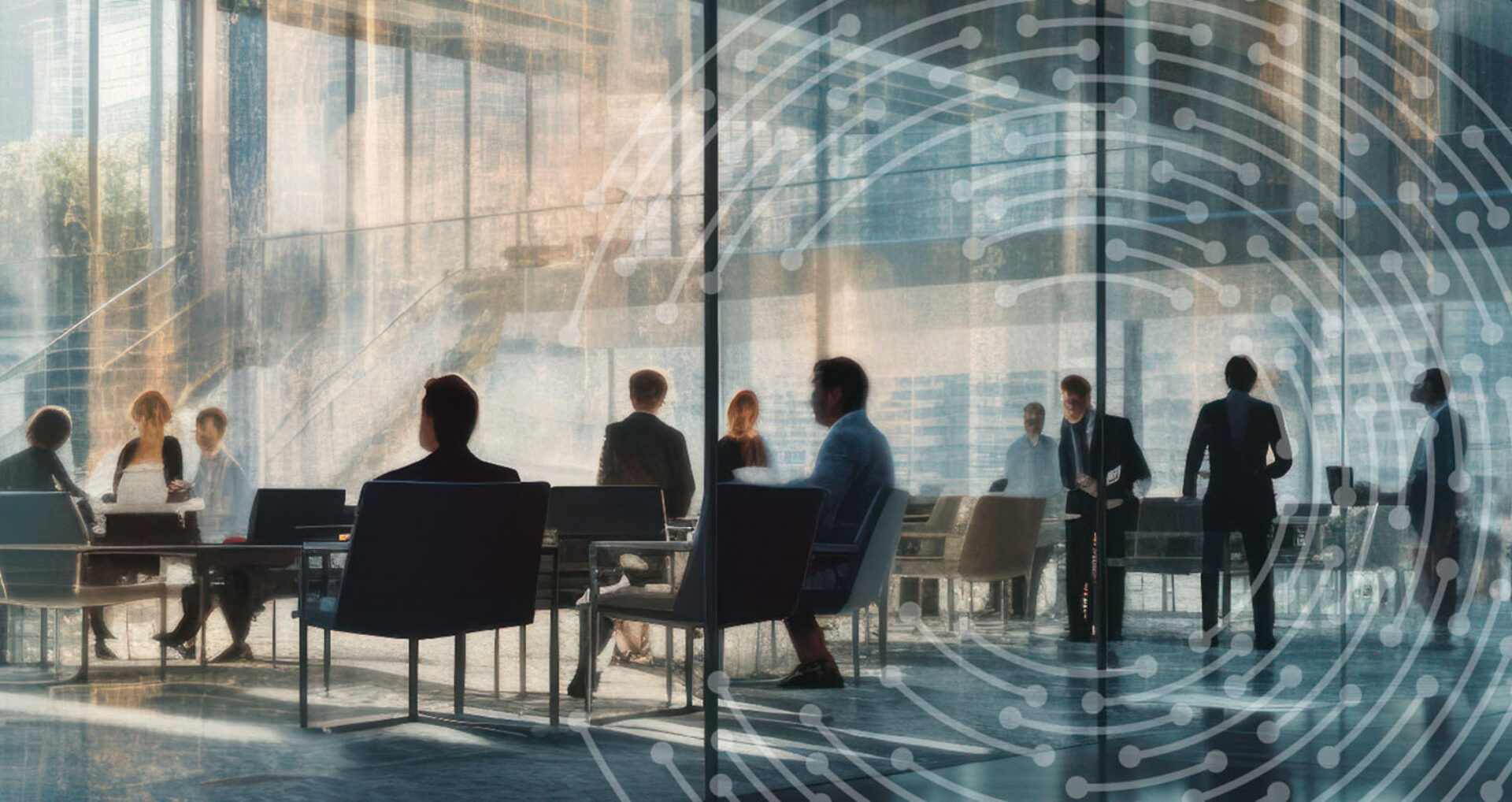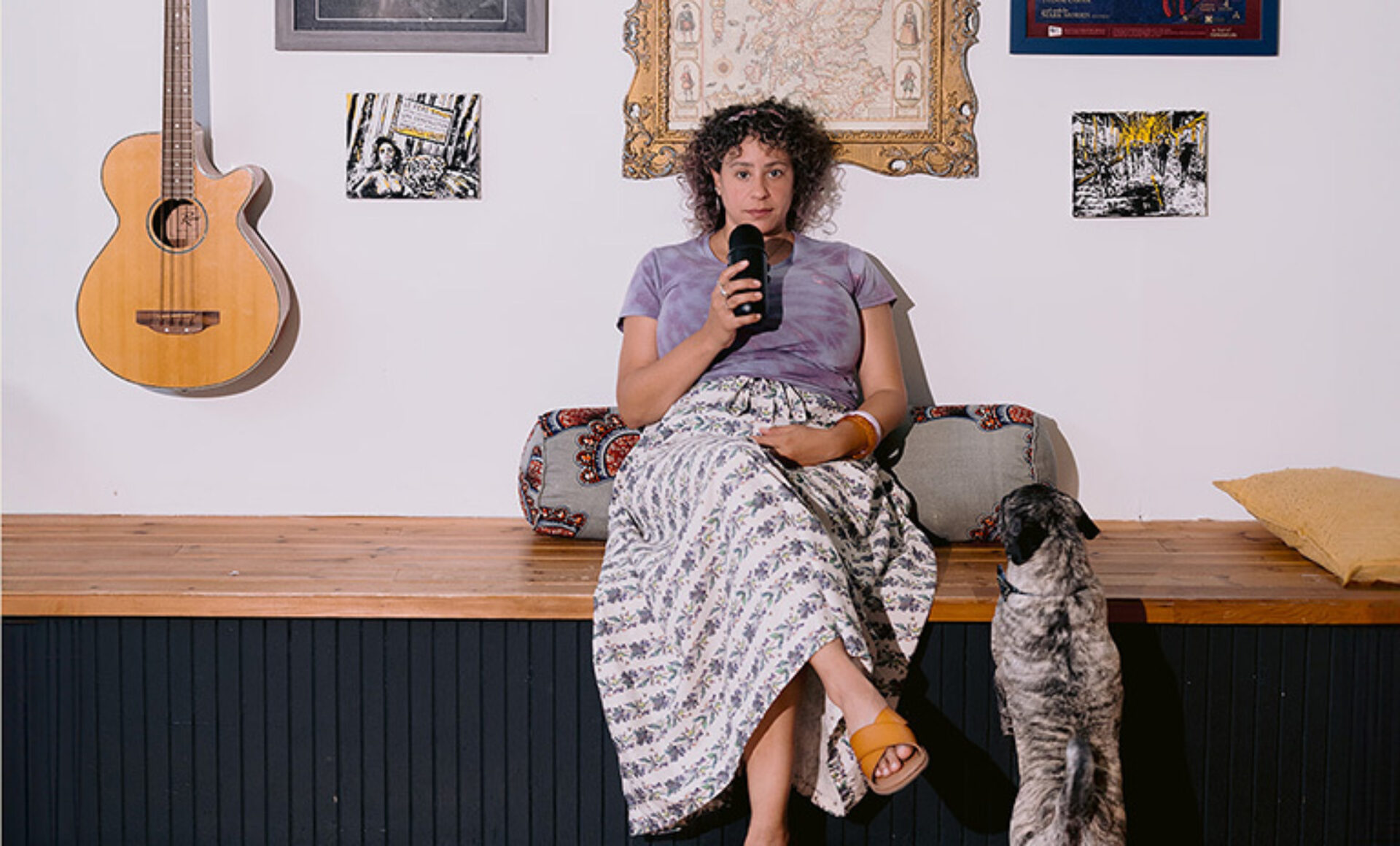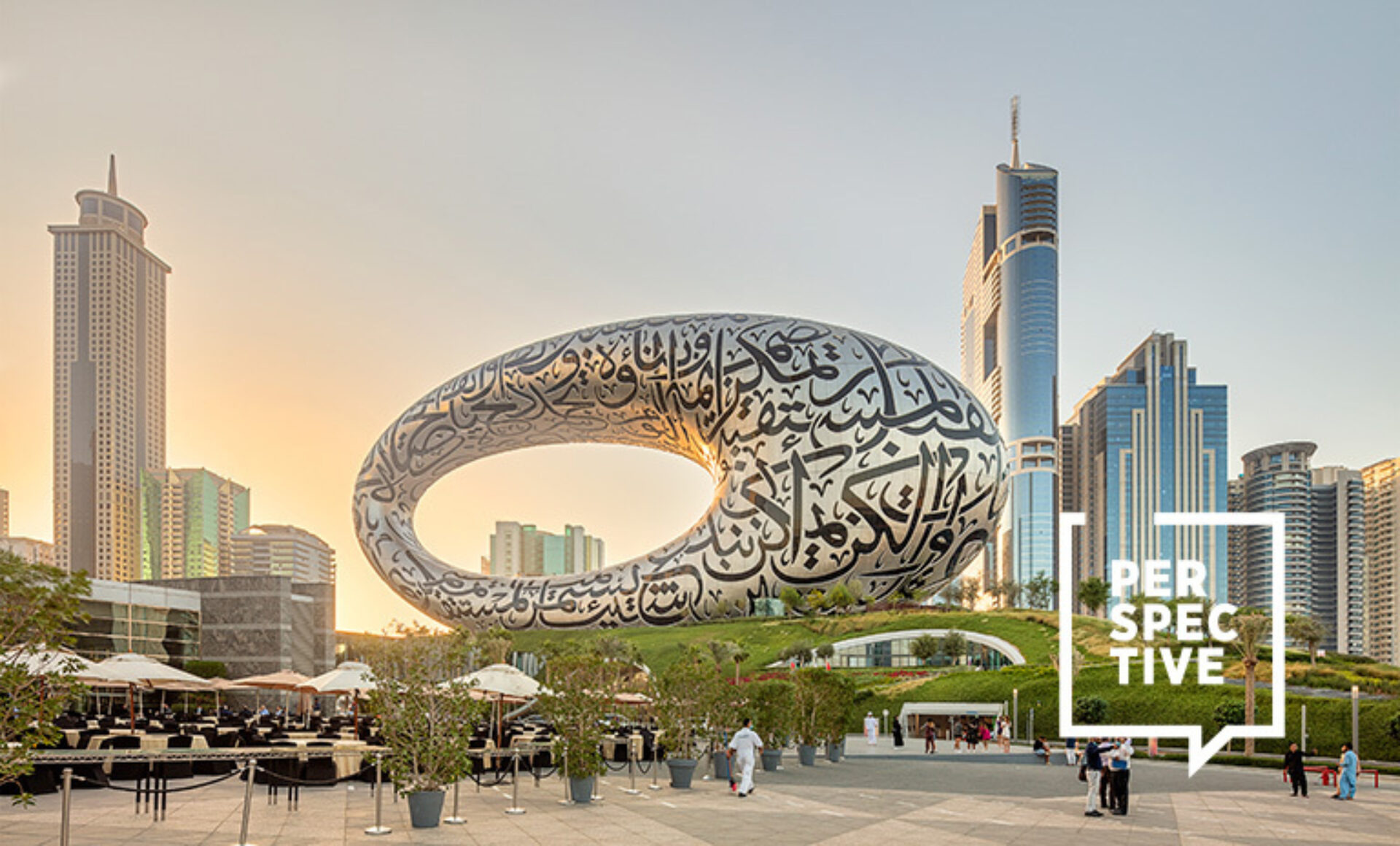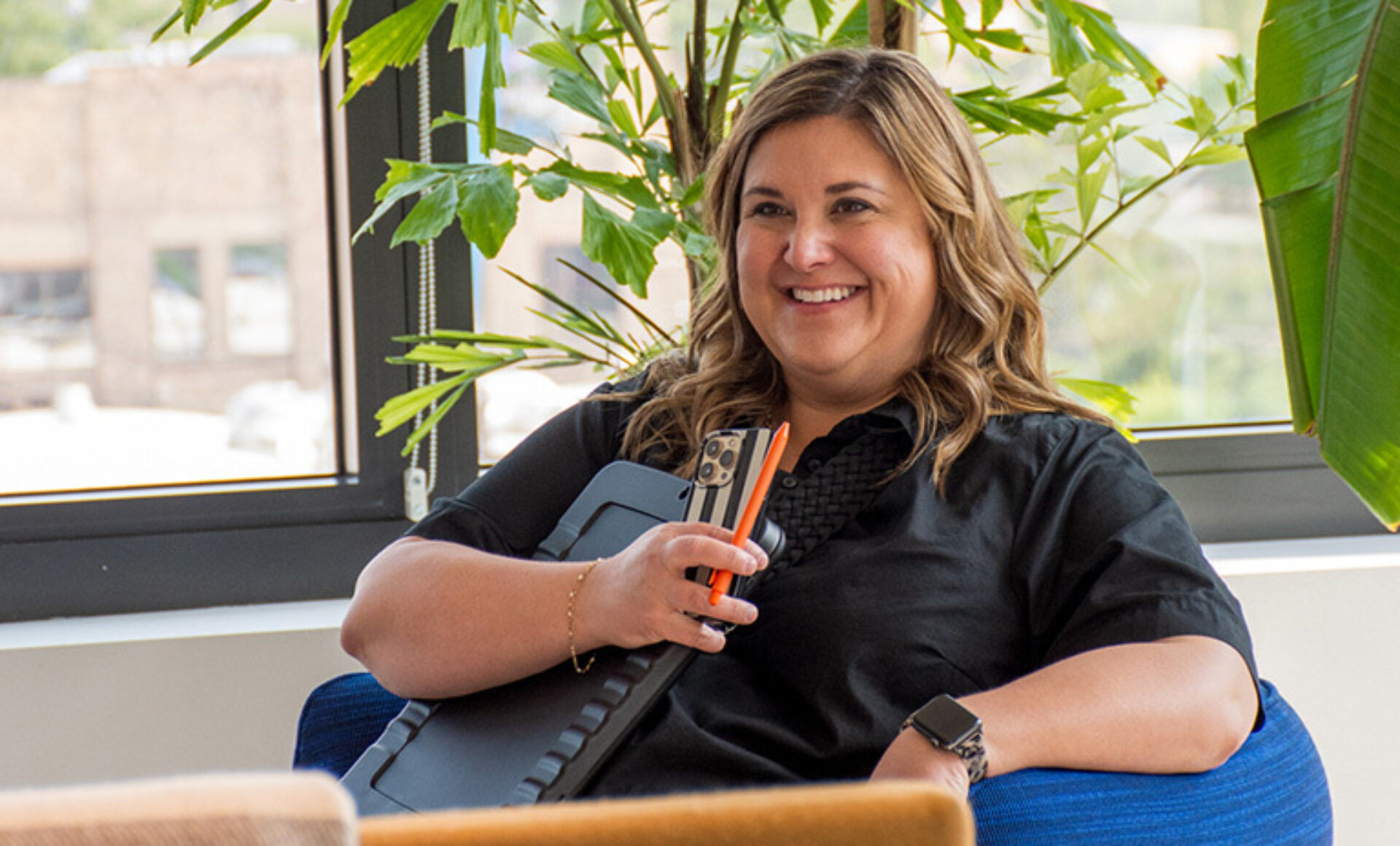This article originally appeared in the May issue of officeinsight.
At IIDA, we can’t predict the future, but we can equip design professionals with research-backed strategies to identify and prepare for what’s next. How? Through IIDA’s Certified Design Futurist (CDF) program, a first-of-its-kind certification course that’s now open for registration.
Built on the methods of noted quantitative futurist Amy Webb, Founder and CEO of the Future Today Strategy Group (FTSG), the 10-week certification course teaches design professionals how to practice strategic foresight, a rigorous, evidence-based approach to identifying signals that can help you clarify how people, clients, businesses, and users will behave in the next 5, 10, 15, and 20 years. The CDF beta cohort ended in April 2025, and the first official cohort will begins in July 2025. In addition to developing a powerful new skill set, participants who complete the course can use the “CDF” (Certified Design Futurist) appellation.
For those curious about what the program entails — and why it’s worthwhile — We will be bringing you voices from the beta cohort. Below, you’ll hear from Matt Thompson, Assoc. IIDA, CDF, Strategic Relationship Executive, MillerKnoll and President of IIDA’s Northern Pacific Chapter.
A couple years ago, I heard about the CDF program during a visit to IIDA’s headquarters in Chicago, back when the course was still in development. Instantly, I was interested. During my various roles and years in the industry — I’ve moved from practicing design to working on the sales side — I’ve seen how we’ve shifted away from an emphasis on discussing products and leaned into a broader, deeper conversation around space, how it affects people, and how we interact with our surroundings. The CDF program felt like a wonderful way to broaden my understanding of the work we do and see our industry in a new way. So when I was asked to join the beta cohort, I was all in.
Most of us, when we hear the term “futurist,” think about peering into a crystal ball, making vague predictions about what the future will hold. But CDF is rooted in strategic foresight, which itself is rooted in research and data and admittedly, I was surprised by that.
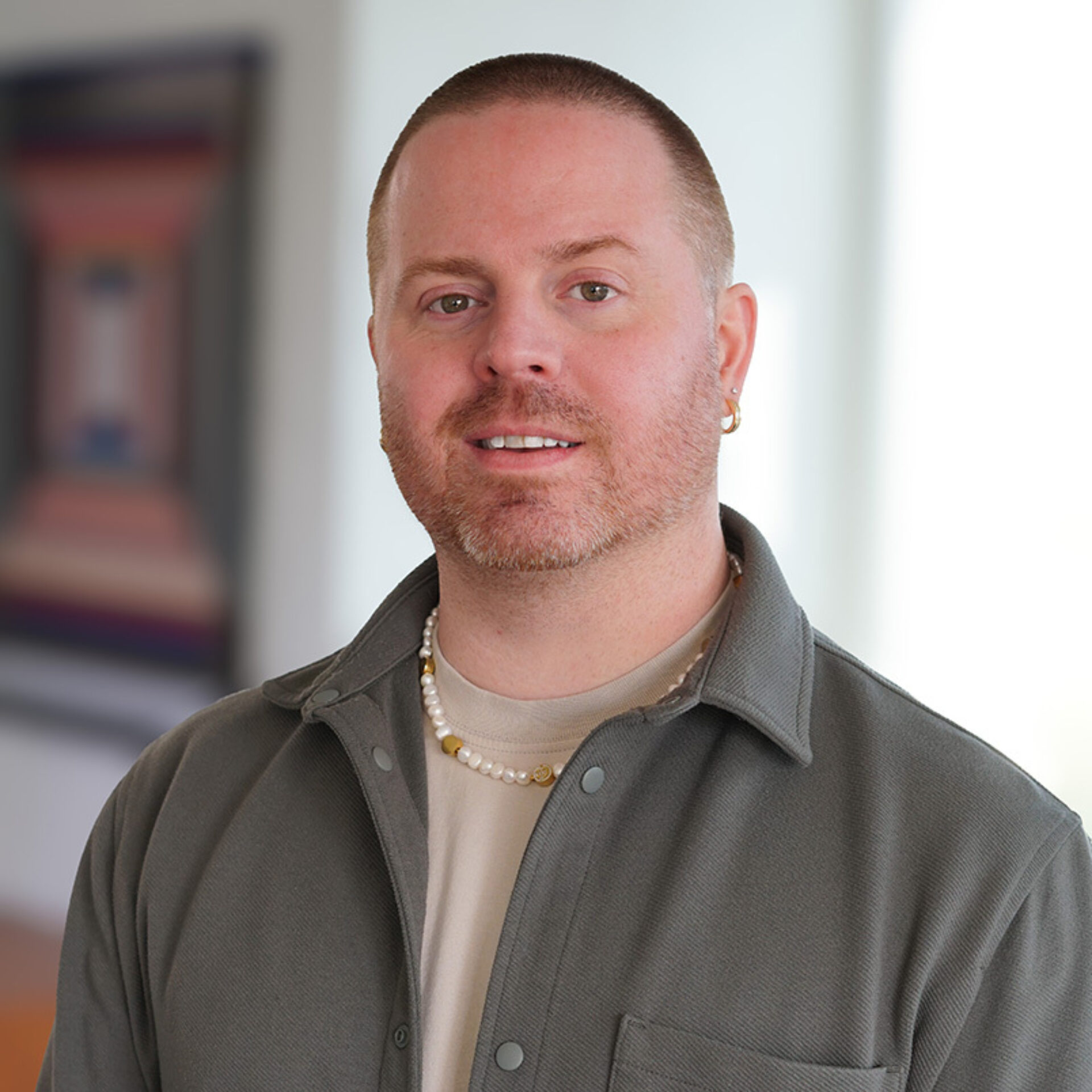
Even though I knew we’d be learning about foresight from the outset, I was surprised by the depth and breadth of research we conducted to understand what possible futures might look like. There’s a lot of homework, and a lot of deep dives into data. But the work pays off. I’ve developed a new muscle; I digest data differently now. Whenever I read a news article, even if it’s not design-focused, I process new information on a deeper level, projecting how it might affect our lives and our spaces.
As part of the CDF course, you generate possible future scenarios, and you build those based on signals of change, called data points. We don’t just draw this data from design-world research, we explore vast topics like demographics, wealth distribution, technology, and the environment, then we distill what we’ve learned into a clear vision of how people will interact with the world, and therefore how we can approach product and spatial design years or decades into the future. For instance, we might look at how data showing changes in wealth distribution could impact how we design higher-education spaces or emergency departments 10 or 15 years down the line.
Because I work in sales and business strategy at MillerKnoll, I’m frequently connecting with designers, architects and end users. The frameworks and processes I’ve learned through CDF have been very useful in that external outreach and engagement. Internally, I’m brought into more conversations about how we can bring strategic foresight into the work we do and the way we communicate with customers about all that MillerKnoll offers.
Speaking of communication: When you introduce yourself as a Certified Design Futurist, it instantly sparks conversation. A couple weeks ago, I was in Portland at the Living Futures Conference, and during a workshop I introduced myself as a Certified Design Futurist. That stopped people in their tracks.
Just being certified opens up a new avenue of conversation with colleagues, customers or clients. Immediately, people want to know more, and that allows me to both explain strategic foresight and have more in-depth, data-driven discussions around what we’re seeing across design markets. For instance, if I’m working with a customer who’s exploring return to office and how to better engage employees in the physical workspace, I can talk about data I’m seeing that might influence how the customer should think about their workplace today and in 20 years.
As a salesperson, my job is to influence spec; to get my products on projects. But I can do that in a number of different ways, such as relationship-building and generating good ideas that benefit designers. What I’ve learned through CDF allows me to have fascinating, evidence-based conversations without directly talking about product.
By now, word has spread that I took part in the CDF beta cohort; I’ve had several conversations with designers and other industry pros working across specialties.
Everyone is looking for new ways to engage with clients. People’s experiences (and their expectations) in places and spaces have changed dramatically, especially post-Covid, and we’re all seeking more human-centered approaches to design. The CDF course offers new processes, new frameworks, and new ways of thinking to improve our spaces and experiences. It’s a great way to spur ourselves to think out of the box, see our work differently, and spark positive change.
